
Presentation and diagnosis
Testicular cysts are a cause of anxiety and concern in both adults and children, as well as in children’s parents, which is probably the main reason why they are so widely reported, even though they can be asymptomatic. However, smaller cysts can go undetected by the person suffering from them, however they may grow, even the size equivalent to the size of the actual testicle. There can be more than one cyst and they can appear on both testicles, not just on one.
Testicular cysts are round, smooth and filled with fluid. Because they arise from the epidydimis, they can be felt separately from the testicle, unlike hydroceles and testicular tumors. There may also be some inflammation of the epidydimis.
After a patients reports a lump or more lumps on the testicle, the doctor will perform a physical exam with palpitation, but in most cases an ultrasound will be necessary to confirm the diagnosis.
Treatment for testicular cysts in children
If the testicular cysts are small and if they are not growing, the treatment will not be necessary. The patient’s parents will be informed about the nature of this condition and advised to monitor the cyst in case it starts growing. They are also advised to explain the cysts to the child and to teach him how to monitor them by himself.
The treatment is, however, required in case the cysts are large, growing or symptomatic. They can be removed surgically, which is the best solution, according to most doctors. The surgery is more expensive than sclerotherapy, with higher risk of complications, such as infection and scrotal hematoma.
Sclerotherapy can use different types and volumes of sclerosant solutions, but the solutions are usually the ones used for varicose veins, such as phenol, tetracycline, and ethanolamine oleate. Sclerotherapy is not the common treatment of choice, especially for children, in whom the testicular cysts usually shrink and disappear without any treatment. If the cyst does not grow, there is little chance of complication, because they do not get infected. There is the risk of torsion, but it is rare, especially in children.


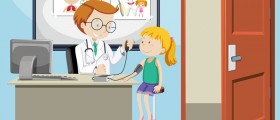

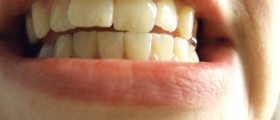
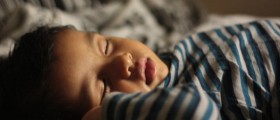

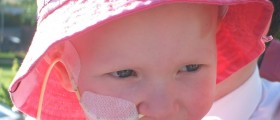
-And-Children-16-Warning-Signs-And-Symptoms_f_280x120.jpg)

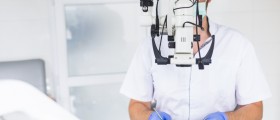





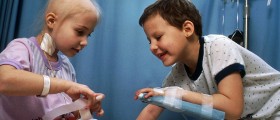
Your thoughts on this
Loading...